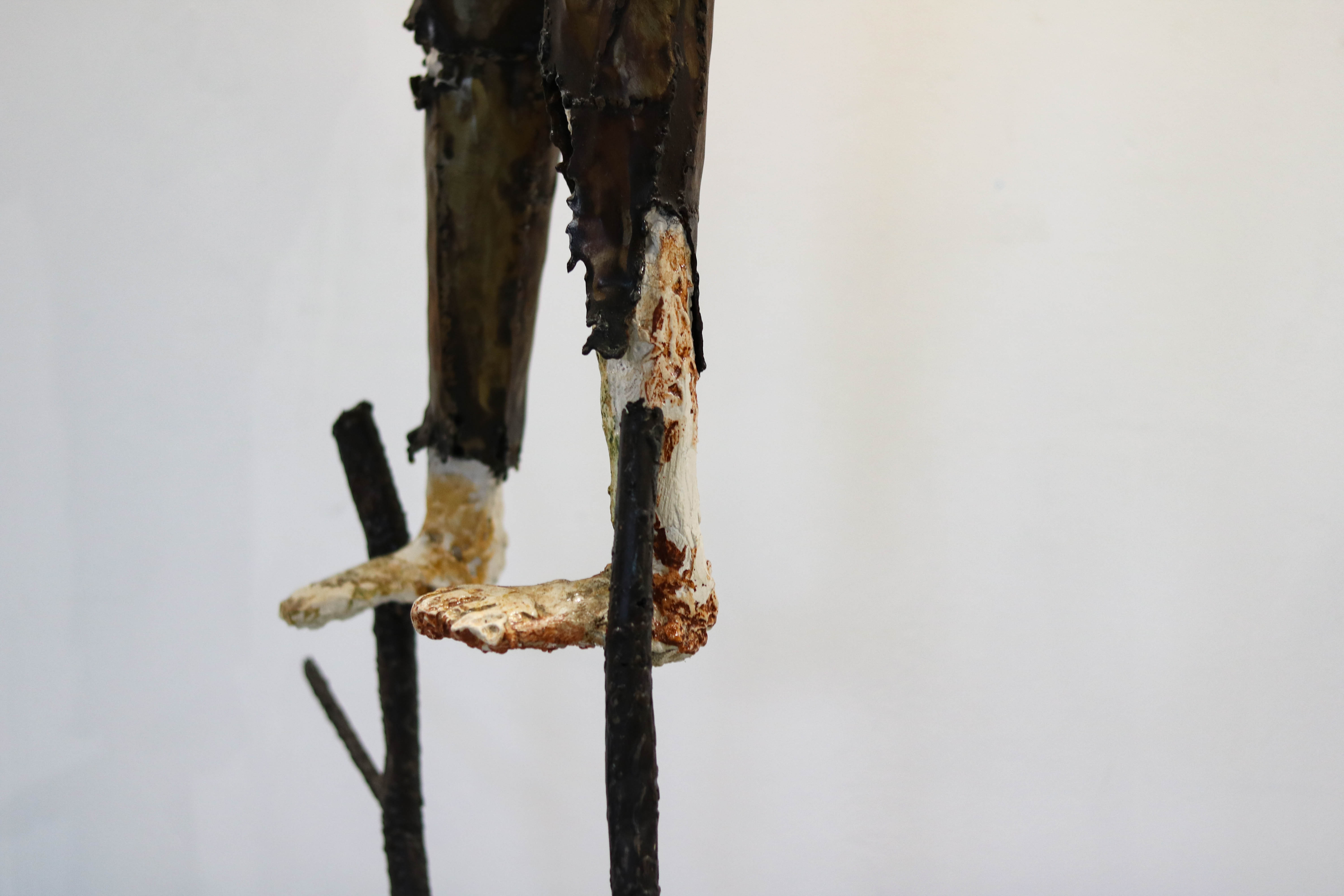“Macutí”, Paris, France 2024

Mozambique Island is a small island off the coast in the north of the country. It was here that the first Portuguese settlers landed when the territory was occupied by Sultan Mussa Mbiki. Today, this 1km² territory is inhabited by 16,000 people, most of them crammed into makeshift dwellings in the southern area known as Macuti. In the northern part, there are vestiges of the colonial era, such as the fortress, the church, the hospital and other buildings, some of which have been converted into hotels, restaurants and boutique workshops. The contrast between these two worlds is striking, especially as the stones used to build the Portuguese fortress were extracted from the area where Macuti is now located, making it an area below sea level and therefore easily flooded. Two months before my visit, the intense tropical cyclone Gombe flooded Macuti.
A large steel bridge links the mainland to the island. The first thing I saw when I arrived was a huge banyan tree with a trunk about 3m in diameter strewn across the ground, blown over by Gombe's gusts. A dozen children were having fun climbing it, and I found the image very powerful. I've seen other trees on the island uprooted like this one. The population of this island, like that of Mozambique and Africa, is very young. I saw lots of groups of children, their clothes torn, hungry and injured, playing in the street in the evening.
The sculpture I made shows a child balancing on a still life. The position of the feet on the branches is reminiscent of stilts and play. The body is distorted and disturbing, the fist clenched in anger. There are holes in the steel trousers at the knee, and the body is covered with mouths, noses and eyes that represent the victims of Cyclone Gombe on the island of Mozambique. In this sculpture, we can see an inner child; yours, mine, theirs, facing the test of contemporary crises.
1m60 high, 50cm wide, 50cm deep
Steel, plaster, acrylic, charcoal









